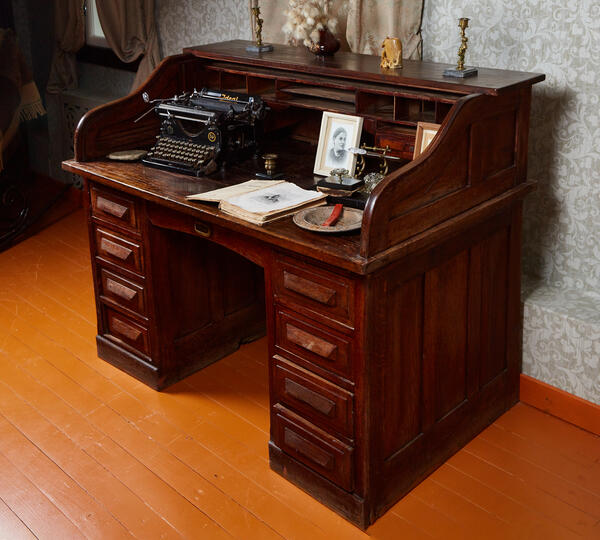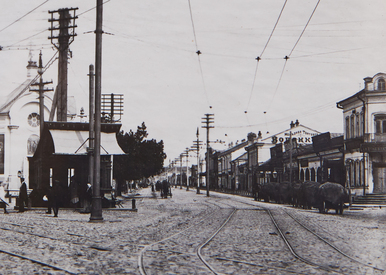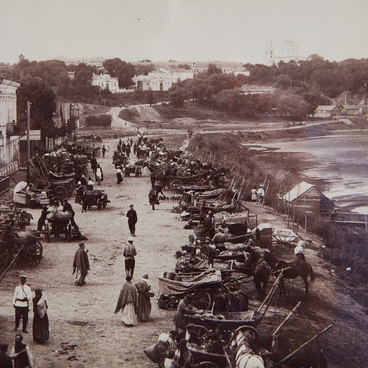The exhibition of the Rusanov House Museum displays a writing bureau that belonged to Maria Petrovna Zubkovskaya, Vladimir Rusanov’s cousin.
This special type of furniture appeared in France in the mid-17th century. It was a type of desk with two drawers under a hinged lid. As a rule, the folding or retractable writing surface was covered with thin leather. Expensive bureaus were used in palaces and aristocratic homes and made from various types of redwood or ebony wood, decorated with marquetry or mother-of-pearl inlays, and adorned with gilded bronze overlays.
There are several versions of how this type of furniture appeared, the most likely of which is that it derived from trinket boxes with sloping lids. Not only jewelry, but also letters were stored in such boxes. Subsequently, the storage of letters, jewelry and secret documents became the main function of bureaus. Bureaus came in various shapes: most often they had a sloping lid (bureau de pente). Sometimes the bureau did not have folding parts and looked like a desk. In this case it was called a “flat-topped bureau” or bureau plat. If this bureau plat had special boxes, open or closed, then it was called bureau bonheur-du-jour, that is, the “happy day bureau”.
In the 17th–18th centuries, “cylindrical bureaus” (bureau cylindre) — a type of furniture with a semi-cylindrical opening lid — were popular in France. The most famous work of this kind is the cylindrical “Royal Bureau” of Louis XV (Bureau du Roi). It took quite a long time to make it: the outstanding furniture maker Jean-François Oeben started making the bureau in 1760 using the drawing by Jean-Claude Duplessis, and Jean-Henri Riesener completed his work in 1769. The bureau with a cylindrical lid was decorated with marquetry, gilded bronze details and Sevres porcelain plaques. Today it is on display in the King’s Corner Cabinet at Versailles.
The writing bureau decorated bedroom interiors and
served a dual function — it was a writing desk and a box in which ladies kept
their jewelry or letters from gentlemen. Unlike a low writing bureau, a
secretary desk was a tall cabinet used to store books. A richly decorated
secretary desk decorated the luxurious interiors of aristocratic houses. Today,
undeservedly forgotten pieces of furniture are returning to modern interiors,
albeit in a new quality. They do not so much perform their direct functions as
they decorate the room, becoming a means of stylization.




